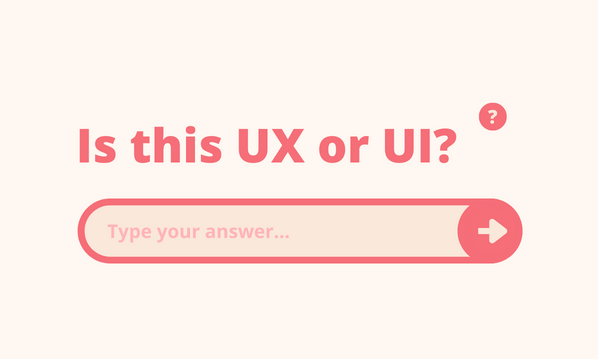
When you register the name of your website, you have a few important choices to make. As well as an appropriate domain name – perhaps the name of your business, along with words associated with the business such as location or sectors – you also need to choose an appropriate domain name ending, or top-level domain (TLD).
The TLD is the part of a domain name that follows the dot (eg, .com or .co.uk).
There are a wide number of choices of TLD, each with their own meaning. They generally fall into one of three categories:
- generic TLDs (gTLDS) such as .com, .org and .net – these are available to any person or business, wherever they’re based in the world
- country-code TLDs (ccTLDs) such as .uk, .fr, and .de – for people and businesses based in that country
- sponsored TLDs (sTLDs) such as .aero, .museum and .travel – for people and businesses working in that particular business sector
Many of these TLDs overlap, meaning more than one might be appropriate for a given organisation. So, for example, a UK-based airline would be able to register .uk, .aero, .com, .net and .org if they wanted to.
There are also plans to allow almost any string of characters to be used as a generic TLD – applications are currently being considered. The new system will come into effect from 2013.
Why would I want to register more than one?
Although you’re likely to have one ‘main’ domain name ending, there are a number of reasons to secure more than one domain name ending:
- To run two or more different websites for the same business – perhaps one for UK-based customers and one for overseas customers, giving different or translated information.
- To prevent other people registering it by accident – especially if your chosen domain name is quite common and/or desirable. This could lead to serious customer confusion between your website and someone else’s – eroding your brand recognition.
- To prevent other people registering it maliciously – for example, to use it fraudulently (by pretending to be you), to divert traffic meant for you to a competitor’s website, or to damage your reputation with inappropriate content. This is a concern for larger brands and businesses, and those with serious competition.
- To catch stray traffic from people who mistakenly type the wrong URL into their address bar. You can set up a simple redirect so that the ‘secondary’ TLDs redirect to your main website.
- To secure them for future use. For example, you might be a domestic business now, but have ambitions to expand into international trade in future.





